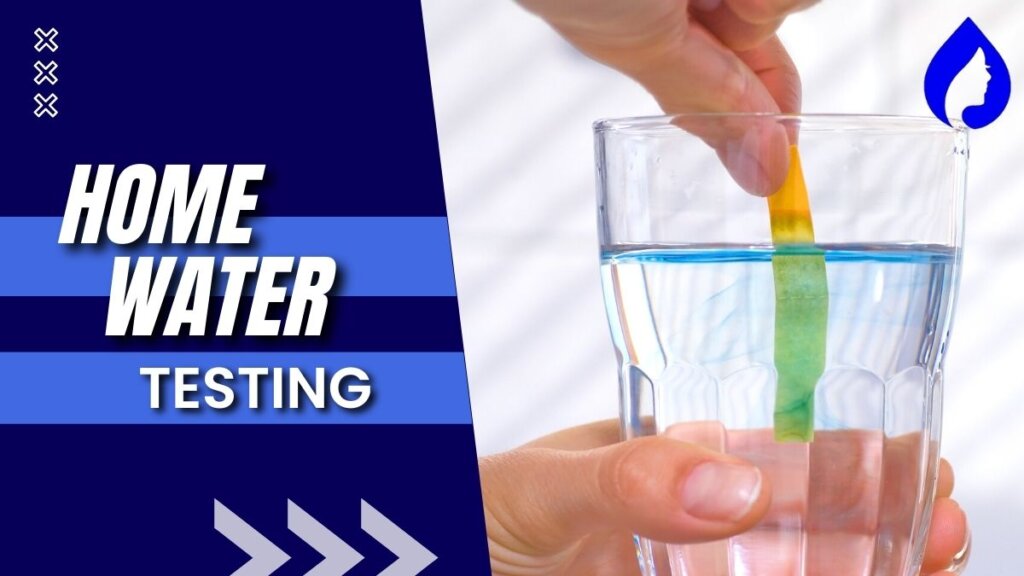
Are you getting weird odors and taste in your drinking water? Don’t ignore this, as your water can be dangerously contaminated by hydrogen sulfide, excess chlorine, or harmful organic compounds.
The worst part?
Some dangerous contaminants like lead and arsenic don’t have any taste or odor, and you can’t detect them unless you get your water tested using water testing kits.
Knowing about different water contaminants and proper testing methods through a water test kit can save you from serious health effects.
And that’s why we present you with a detailed home water testing guide in 2024 based on CDC recommendations. Let’s dive in!
What Are The Most Common Contaminants In Drinking Water?
| Drinking Water Source | The Most Common Contaminants Found |
| Well Water | Iron & Manganese, Sodium, Chlorine & chloramine, Hydrogen sulfide, Lead, VOCs, Nitrate, Radon, Coliform Bacteria, and others. |
| City Water | Lead, Fluoride, Cryptosporidium, Arsenic, Copper, Nitrate, Radon, and others. |
EPA generally maintains a Contaminant Candidate List (CCL) to classify different contaminants found in wells and city water. The list is as follows:
| Physical Contaminants | Chemical Contaminants | Biological Contaminants | Radiological Contaminants |
| Sediment | Iron & Manganese Chlorine & chloramine Hydrogen sulfide Lead Fluoride Sodium Arsenic Copper Nitrate Mercury Pharmaceuticals, Herbicides, VOCs, and others. | Coliform bacteria Cryptosporidium Giardia E.coli Legionella and other microbes | Radium Radon Uranium along with others |
Physical Contaminants
Sediment:
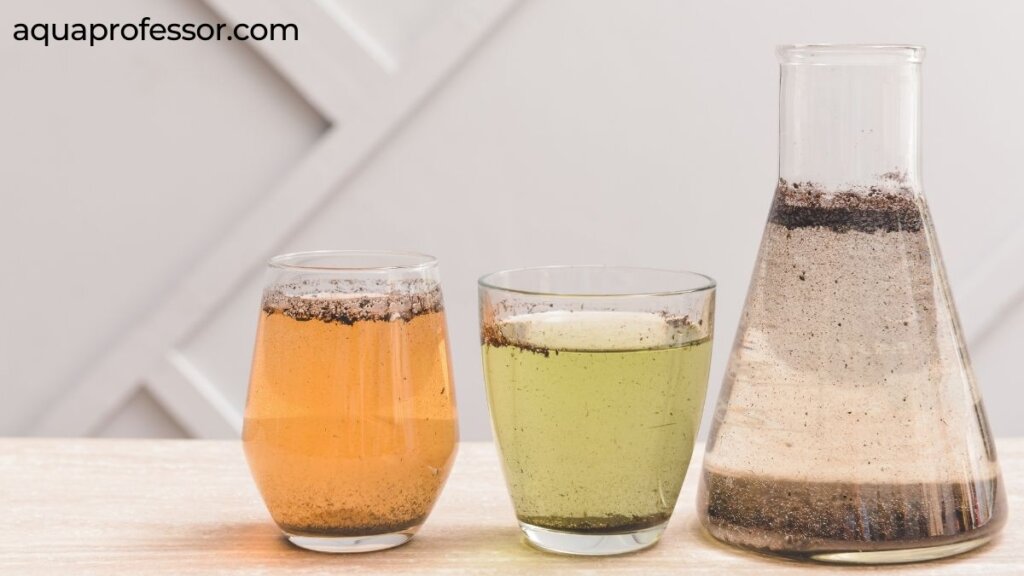
Sediment is a collective name for soil particles, dead animal & plant matter, loose sand, clay, or silt. They get into the surface or groundwater from soil erosion, surface runoff carried by rain or snowfall, and wind and can be detected through water testing kits.
EPA categorizes them as one of the most predominant pollutants that degrade your home water’s quality.
Excess sediment deposition in water or water bodies, as detected through the water test kit, results in
Besides, they disturb the food chain, reduce fish population, alter river water flow, and affect river depth.
Chemical Contaminants
Iron and Manganese:
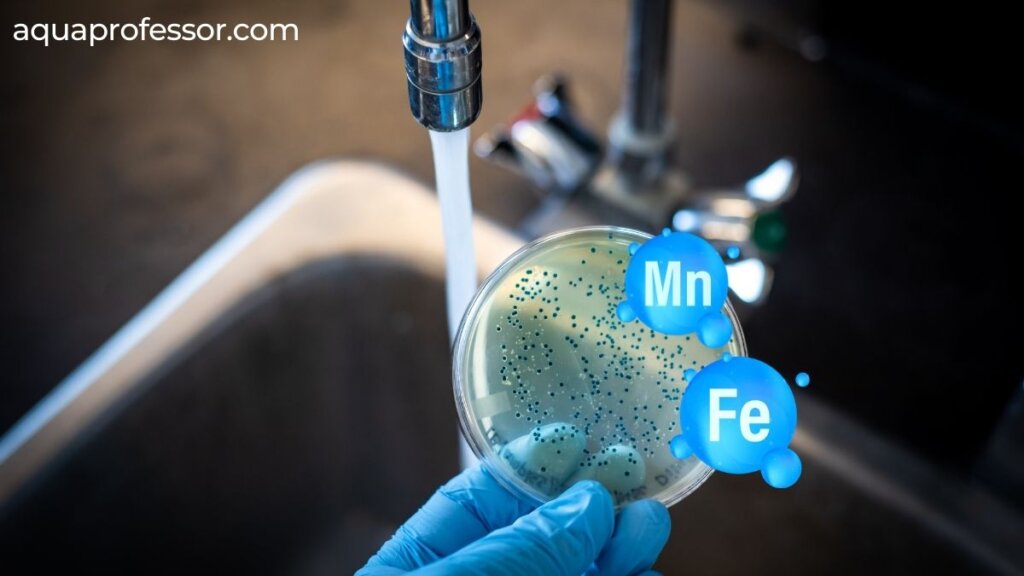
Both iron and manganese are frequently found in groundwater. However, the concentration of iron is usually much higher than that of manganese.
You can detect the presence of these heavy metals through their strong metallic taste or the stains they cause to the vessels. However, it’s necessary to confirm their exact concentration in water through home water test kits or at a professional lab.
If the test results come positive, you must install an iron/manganese filtration system to prevent the harmful effects of more than 0.3 mg/L of iron+manganese, which include:
Chlorine & Chloramine:
Chlorine, a potent oxidant used in treating various microbes in water (in diluted form), and chloramine, a secondary disinfectant, are usually used by multiple municipal water systems to fight the microbes present in the local water supply.
To avoid these issues caused by chloramines and chlorine, you should perform your home water test using a water testing kit.
Hydrogen sulfide:

It originates from decaying plants or other decomposing underground deposits. It is brought in water by sulfur-reducing bacteria that chemically transform the natural sulfates into it.
The presence of hydrogen sulfide in water as detected by water quality test:
Lead:
Lead is a highly toxic metal that can cause coma and even death if ingested in small doses.
It enters your drinking water from your old lead pipes and plumbing fixtures. Old houses used lead faucets because it was the miracle metal everyone used for 5000 years until we found its serious health effects.
The following factors determine the lead amount in your home water:
The lead attacks your central nervous system, and children can suffer from behavioral disorders and impaired brain development.
Fluoride:
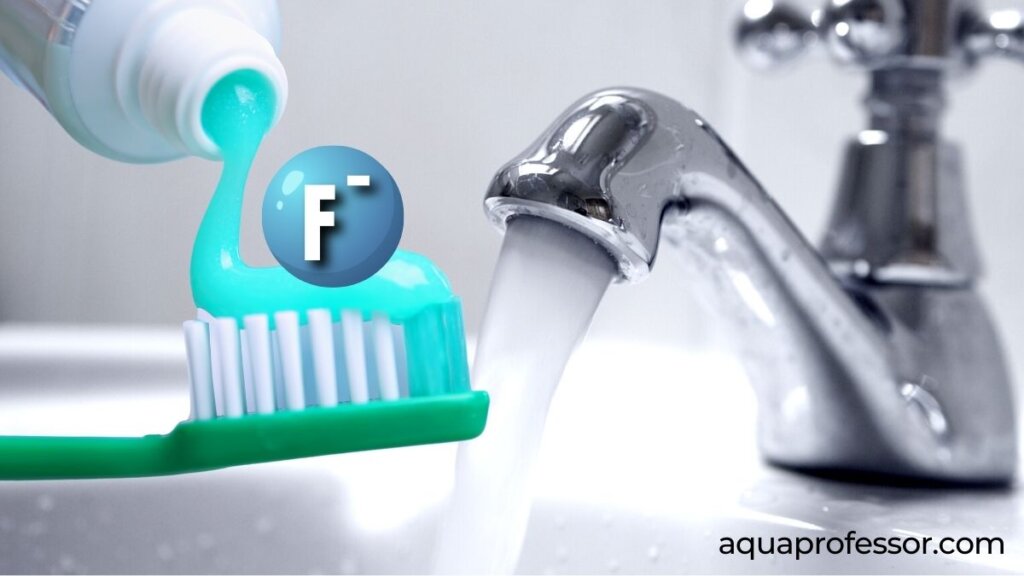
Whether fluoride in water is safe or not is debatable.
It commonly occurs in the ground and may lead to severe illnesses such as cancer and skeletal fluorosis if consumed excessively for an extended period.
However, considering its benefits, it is used (kept within a limit of 0.7 mg/l) for treating contaminated water and preventing tooth decay.
Sodium:
Sodium and chloride are formed as a byproduct when you dissolve salt in water. The sources of sodium in water include:
Sodium in drinking water might not be suitable for people on low-sodium diets or who have high BP, heart disorders, liver issues, or any kidney condition.
Note:
Though sodium as such has no drinking water standard, SFA (State And Federal Agencies) has recommended a 20 mg/L limit for people on extremely low sodium diets and 270 mg/L for others.
Excess sodium can lead to several health issues:
Arsenic:
Arsenic is a toxic and tasteless element in various midwest US regions like Michigan. Even a small dose of arsenic in your drinking water may turn fatal for your health. Its harmful health effects include:
Copper:
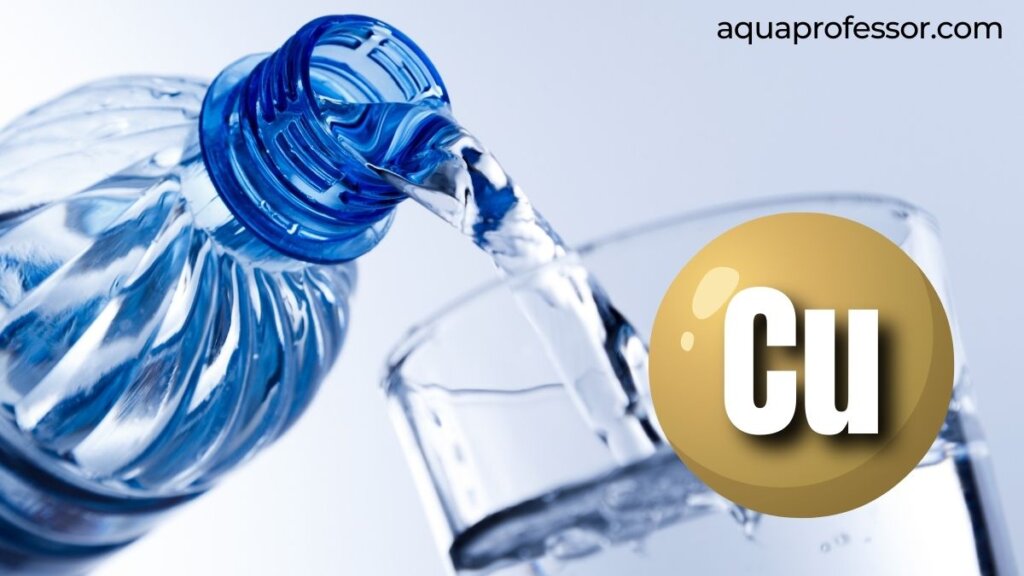
Copper enters drinking water from copper pipes & fixtures and can cause various complications if present over 1300 ug/L:
Nitrate:
Nitrate usually comes in water from:
If present over 10 ppm in water can cause:
If you have an infant below six months, they are at a higher risk of nitrate poisoning.
Mercury:
Mercury, a liquid metal, mainly arises from natural deposits and gets into the water by either erosion or landfill and cropland runoff.
In addition, it can enter your drinking water through the factories’ discharge of mercuric waste into various water bodies.
The EPA safe limit for mercury in water is 2 ppb or 0.002 mg/L. Exposure to inorganic mercury can cause:
Infants and toddlers are most vulnerable to its adverse health effects.
Pharmaceuticals, Herbicides, VOCs, and others:
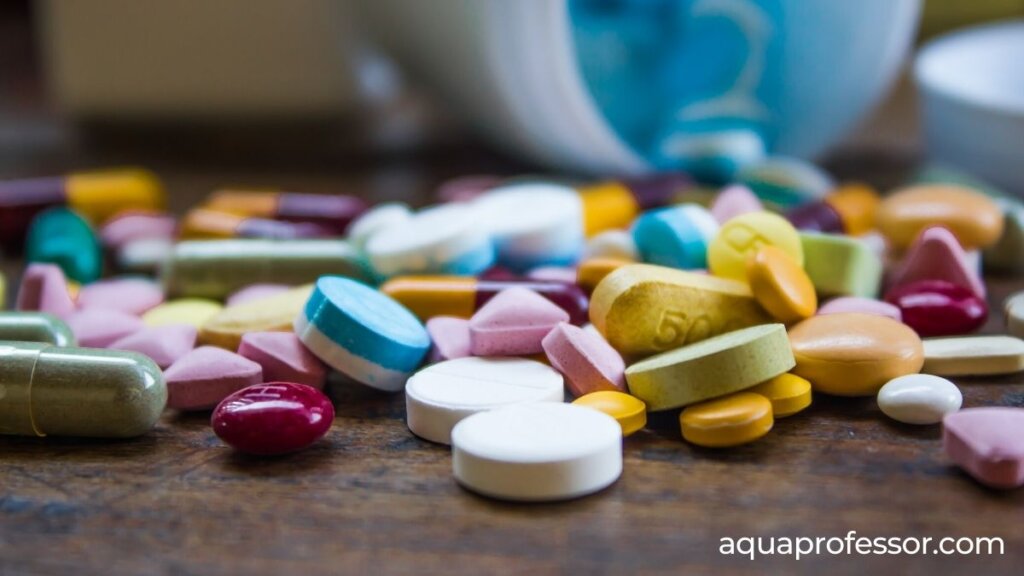
Pharmaceuticals (like antacids, antidepressants, anti-inflammatories, steroids, antibiotics, therapeutic medicines, and veterinary medications), herbicides (like Atrazine), and Volatile Organic Compounds are all synthetic chemicals that enter the drinking water supply from:
They can cause:
Biological Contaminants
Coliform Bacteria:
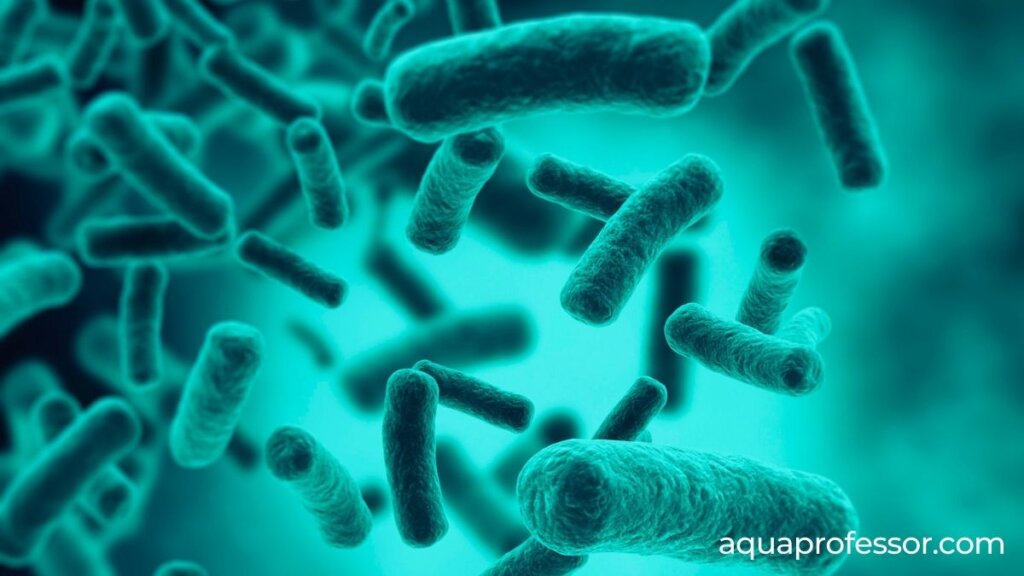
EPA classifies coliform bacteria as non-risky to public health. However, its presence in drinking water may indicate the presence of harmful pathogens, which in turn can cause diseases.
The primary source of coliform bacteria is the surface runoff of animal or human feces into water sources.
Cryptosporidium:
Like coliform bacteria, EPA doesn’t recognize Cryptosporidium (“Crypto” for short) as a health hazard. However, its long-term exposure can lead to:
Giardia:
Better known as Giardia Iamblia, this microscopic parasite can cause giardiasis, a small intestinal infection that is characterized by:
It usually travels into your home water through fecal waste. However, EPA classifies Giardia as zero MLC (meaning no health risk), just like coliform bacteria and Cryptosporidium.
E.coli:
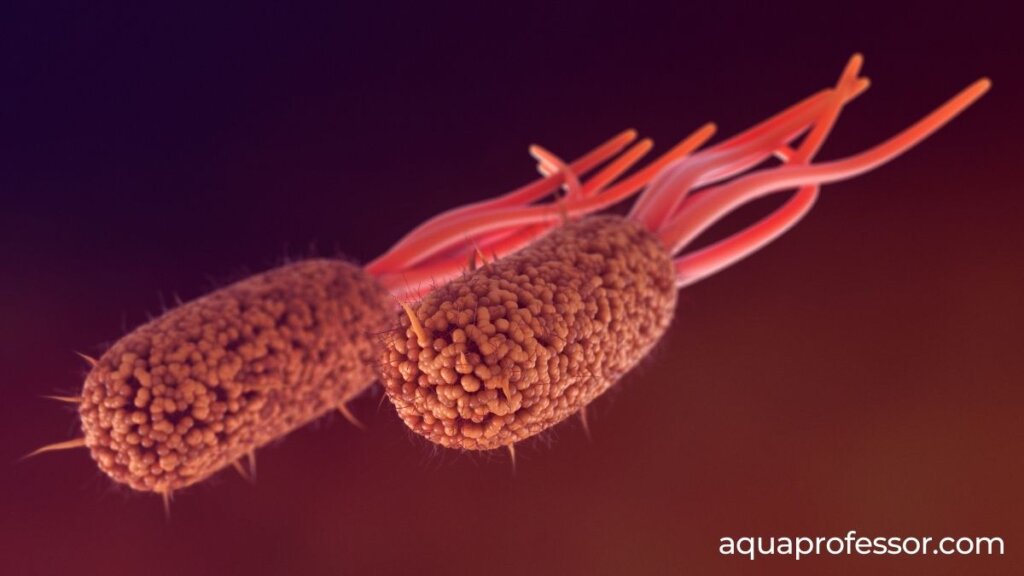
It enters your drinking water from:
If you consume E. coli bacteria along with water, you will face:
Boiling your water before drinking for 1 – 3 minutes, disinfecting it through the spread of chemicals, or installing filters saves you from E.coli.
Legionella and Other Microbes:
Another zero MLC, Legionella, is found naturally in water and thrives in water heater tanks below 120o F with nutrients like sediment, scale, sludge, and some water organisms.
Its long-term exposure can cause:
Note:
The lung disease affects seniors above 40, heavy drinkers, and smokers. 1 out of 10 people die out of complications from Legionnaires’ disease. Boiling water above 160o F instantly kills Legionella.
Radiological Contaminants
Radium:
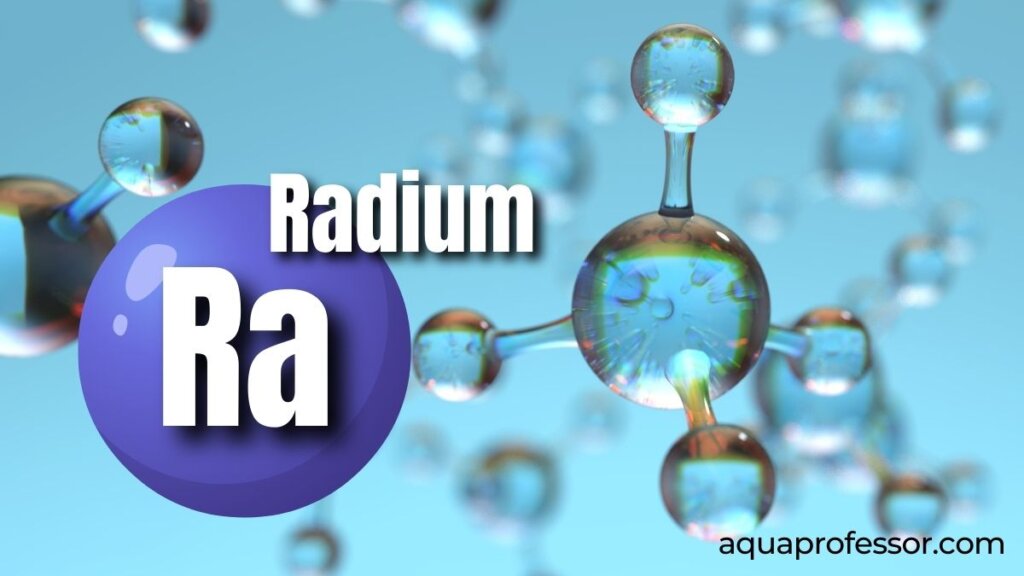
Radium naturally occurs from rocks and soil in the earth’s crust.
When you drill a well into bedrock, it causes dissolved radium to mix in your water supply. In addition, dumped industrial wastes may also contain radium which contaminates your drinking water. This radioactive contaminant is harmful even as little as five picoCuries per liter (pCi/L).
80% of radium ingested through drinking water is passed off as feces, whereas the remaining 20% can get absorbed in bones, which can lead to:
Radon:
Radon is an odorless and colorless radioactive element that emerges naturally in the atmosphere and exists in various rocks or soil within the earth’s crust. This inert gas has many isotopes and can spread rapidly outdoors.
Showering or washing laundry in radon-contaminated water is more dangerous than drinking it. It is because these activities trap radon within the indoor atmosphere and make you prone to lung cancer (through its long-term exposure).
Uranium:
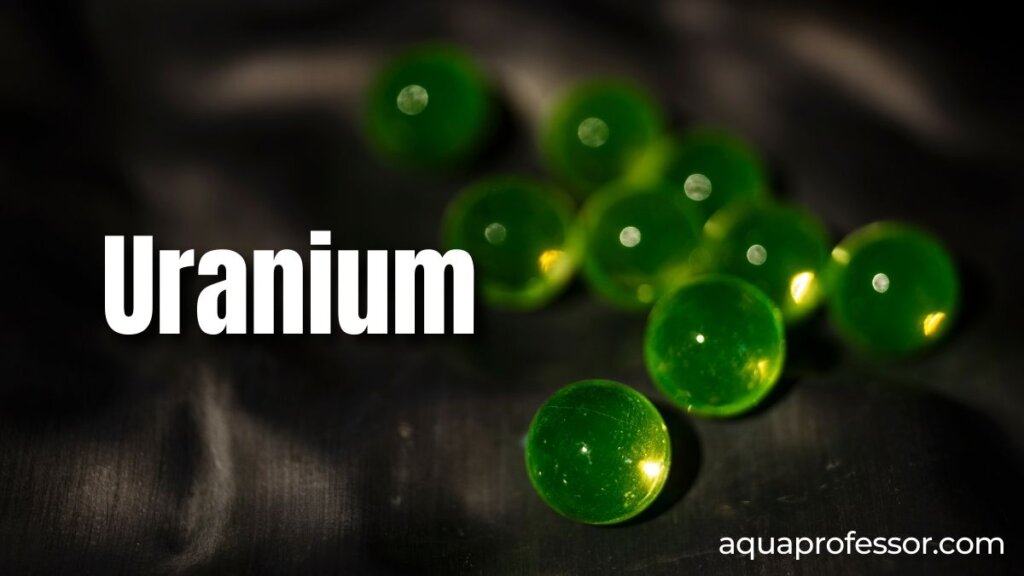
It is another radioactive element that arises naturally in groundwater and through human activities. High levels of uranium in water result from nitrate pollution and undue groundwater table deterioration.
EPA prescribes 30 ug/L as the safe limit for uranium in drinking water. Its long-term exposure beyond the safety limit can lead to serious kidney diseases.
Read: How To Remove Uranium From Well Water
When Should You Do a Home Water Test?
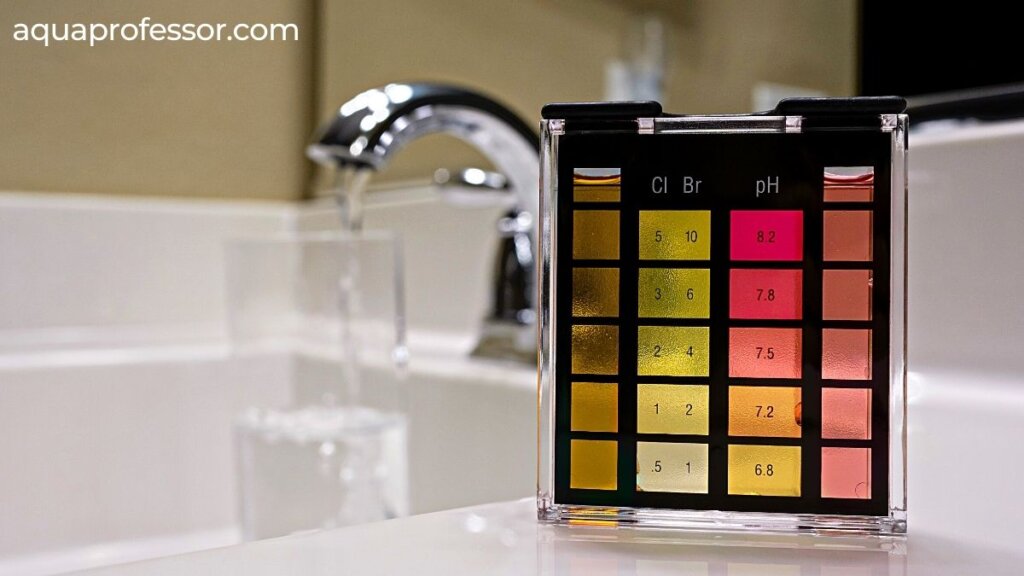
If you use city water, we recommend going through CCR to check the water quality in your area.
Contact state-certified labs for the water test if you find anything unusual in CCR or your water supply, like the weird taste, smell, lather soaps not producing lather, etc.
Note:
For well water users, EPA doesn’t regulate well water quality. So, regularly testing well water is solely the owner’s responsibility. You should test your drinking water once a year for biological contaminants and 3-5 years for other pollutants listed above.
Also, consider water testing if:
More Guides
Home Water Testing FAQs
What are the symptoms of drinking water with bacteria?
Drinking water contaminated with bacteria may cause various fatal illnesses. Some of their symptoms are:
-Abdominal cramps,
-Extremely watery diarrhea or loose stool
-Nosebleeds
-Vomiting
-Nauseous feeling,
-Rapid running of pulse,
-Flu-like symptoms
-Headache
-Temperature rise
-Dehydration
-Hypovolemic shock (it happens in extreme cases and may lead to a person to death within twelve to eighteen hours).
What is TDS in water?
TDS stands for Total Dissolved Solids and represents the total of organic and inorganic substances that remain in the dissolved form, including various metals, salts, ions, minerals and practically anything that is dissolved in water except H2O molecules.
How often should you test drinking water?
EPA recommends testing drinking water at least once a year. However, the testing rate depends on factors like the water source and the presence of contaminants.
You must test your water even if you’ve installed a water treatment system. It’ll confirm the efficacy of your filtration system and will ensure that your tap water is safe to drink.
Does the EPA regulate well water?
No, EPA doesn’t regulate or recommend standards for either of the 23 million plus US households that rely on private wells for their water needs.
The well’s owner is fully responsible for the safety of his home water. Therefore, he has to test his water periodically and, if necessary, install an efficient water filtration system to eliminate unwanted contaminants.
Is tap water safe to drink in the USA?
Yes, technically, tap water in the United States is safe to drink. It is because US public water systems follow EPA regulations to appropriately treat surface water before supplying them to various households.
However, recent studies have indicated that nearly 9 million American households have received water supply that violated the Safe Drinking Water Act (SDWA) norms. Therefore, installing water filters to remove specific contaminants has become a necessity rather than simply for water taste.
Adarsh is a Health & Nutrition Sciences graduate with expertise in environmental health. He is associated with ventures like Glacier Fresh Filter and Simpure Filter Systems. Through Aqua Professor, he intends to provide helpful information to every home to help them make smarter decisions.
